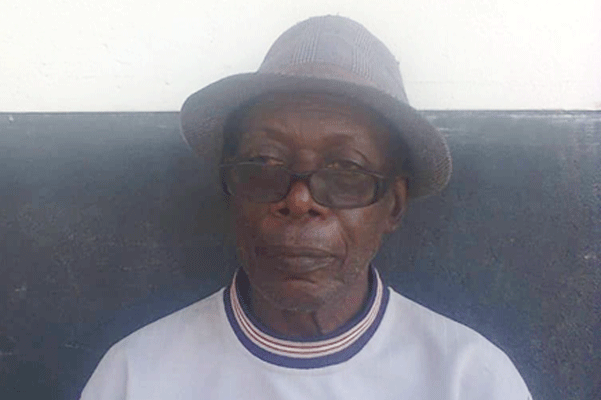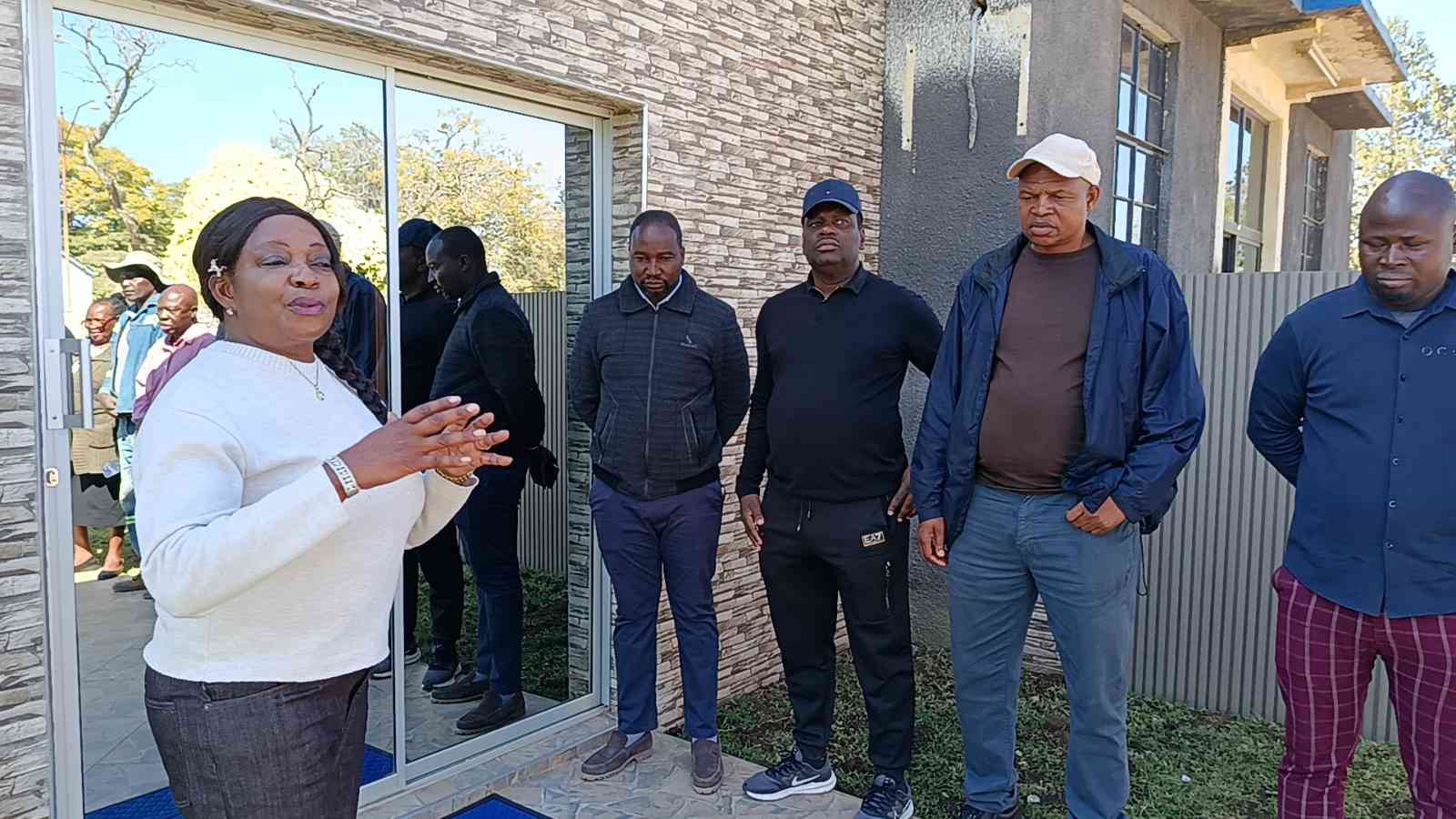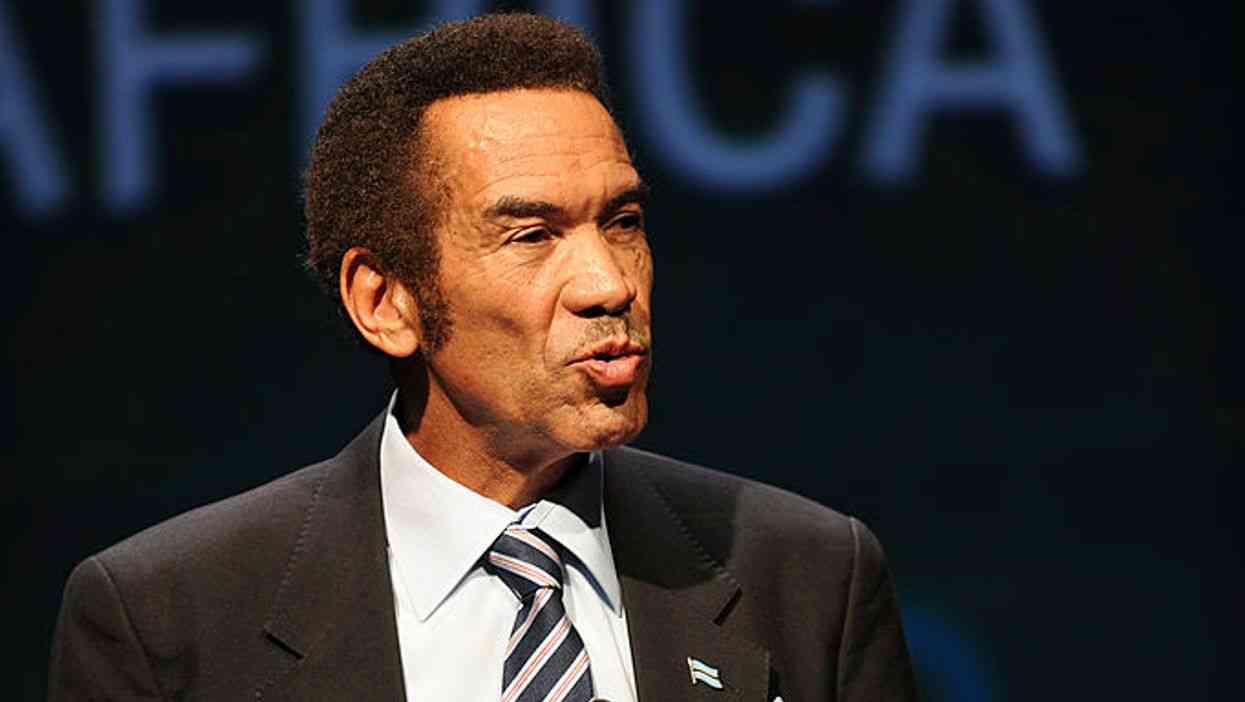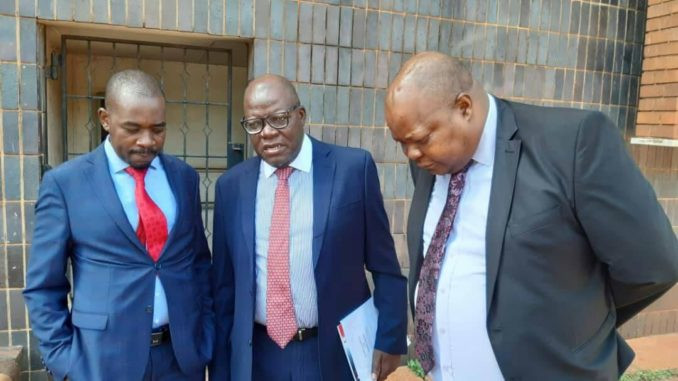
travelling & touring:with Burzil Dube
When growing up, our elders used to advise us that repeating a song countless times would end up being detrimental to amusement. They also taught us that any dancer worth his salt knows when to leave the stage and in the process give a chance to others.
I have done a minuscule part on trying to bring to the fore the Nambya cultural norms and values as well as highlight their “controversial” symbiotic relationship with the legendary Rozvi that still subsists even to this present day.
One tribe may claim superiority to the other, but the legendary bottom line is that they are not as different as chalk and cheese.
As I earlier indicated in my previous columns, the onus is upon the young Nambya generation to unpack every detail for their benefit and the nation at large.
Some have even forgotten or forsaken their annual traditional ceremonies or rites, which yours truly could not pinpoint for obvious reasons, as one might be accused of sowing seeds of division or contempt.
The other reason for discarding such cultural norms could be centred on infatuation with modern-day religion, which somehow tends to abrogate such traditional beliefs.
Talking of all forms of religion, there is one Hwange-based Nambya traditional elder and historian, who was among those who translated the Bible into Nambya.
- Chamisa under fire over US$120K donation
- Mavhunga puts DeMbare into Chibuku quarterfinals
- Pension funds bet on Cabora Bassa oilfields
- Councils defy govt fire tender directive
Keep Reading
Followers of this weekly column may remember one Lawrence Chinyati, whom yours truly interviewed concerning a certain hill in Sinamatella in Hwange that was nearly moved to Zambia during the turn of the century.
Chinyati is a devout Catholic and also extremely proud of being a staunch Nambya historian. Most Nambya textbooks currently being taught in schools and institutions of higher learning passed through his capable hands.
However, this does not mean that such a feat was achieved single-handedly. He is among a group of eminent Nambyans, who seek to promote this language and culture from this part of the country.
Chinyati also played a major role in translating Roman Catholic hymns and some of the church’s literature into the local Nambya language as part of efforts to spread the local dialect within various forums.
During my last and recent interaction with Chinyati, he remarked in passing that the appropriate name for a place popularly known as “Mbembesi” is in actual fact supposed to be “Bembesi”.
You could have guessed right that it is a Nambya name with its own peculiar meaning. To make matters a bit complicated, there are two distinct places with a similar name and they are both situated in Matabeleland North and are hundreds of kilometres apart.
How did the name Mbembesi come into being?
According to Chinyati, when the Nambya king Chilisa fled to Gampo, an island on the Zambezi River, with some of his followers, one Mpalazhuzhe, an elder brother, subsequently rose to the throne. He was fleeing from King Mzilikazi’s battalion following accusations that he had bewitched the Ndebele monarch and this led to his untimely death.
For more information on how Chilisa was alleged to have contributed to Mzilikazi’s death, you may read in the Standard Style issue of last week’s Travelling and Touring column on the same intriguing subject.
However, Chilisa did not take it lightly and sent messengers to warn his brother of dire consequences and also accused him of watching from the sidelines while he (Chilisa) single-handedly plotted Lusumbami’s downfall from the coveted throne.
Mpalazhuzhe was forced to flee the Nambya kingdom and headed eastwards to Bulawayo where he sought refuge from King Lobengula, the new Ndebele monarch who rose to the throne following the demise of his father Mzilikazi.
The dethroned Nambya king fled with the rest of his family as well as a sizeable number of his staunch followers and were somehow met with suspicion by Lobengula, who during those days was known for not leaving anything to chance.
True to his word, when Lobengula was briefed on the reasons why Mpalazhuzhe was seeking asylum, he suspected that the dethroned Nambya chief could have been chased away because of witchcraft shenanigans.
It is said that in Lobengula’s homestead there was a bull, which was believed to have some form of mystical powers and could gore to death any person practicing witchcraft and other related deeds.
So Mpalazhuzhe was thrown into the kraal as a way of trying to determine if he was a witch, who had come to Lobengula’s kingdom with ulterior motives.
To everyone’s surprise, instead of taking Mpalazhuzhe to his ancestors, the bull started licking his body in a friendly manner until it was tired and decided to walk away.
Lobengula is reported to have remarked: “Iyenzan’ inkunzi leyi? (What is this bull doing to him?)’’
To which Mpalazhuzhe’s followers answered in Nambya lingo: “I kumunanzwa (It’s licking him)’’.
Lobengula was astounded: “Kutsho ukuthi ngabe Nanzwa?” and that is how the name “Nanzwa” came into being.
However, most of the Nambya consider it as derogatory and it is advisable to avoid using such a word because severe and dire consequences might come one’s way.
The Ndebele king ordered that the fugitive king and his followers be given some land where they would stay without any form of disturbance from Chilisa, his vengeful and power-hungry brother.
Mpalazhuzhe named the place where he settled Bembesi, which is known today as Mbembesi. It is a Nambya term derived from “kuvembeka”, which means a temporary shelter, so in other words he was of the opinion that his asylum status was not permanent.
It is also said the Ndebele king later made Mpalazhuzhe one of his indunas, thus he never returned to Hwange and even to this day his descendants are still found in the Mbembesi area.
However, as earlier alluded to in this column, yours truly is failing to distinguish in which particular Mbembesi the ex-Nambya king was finally settled.
Those in the know about the two Mbembesi sites are fully aware that one is situated along the Bulawayo-Lupane road just adjacent to a place called Nkosikazi where Queen Lozikeyi was buried.
Queen Lozikeyi was one of Lobengula’s senior wives who is famed for having played a critical role leading to the Ndebele Uprising in 1896.
The other Mbembesi is located along the Bulawayo-Shangani road and I also need to be enlightened on where The Battle of Mbembesi between the early colonial settlers and the Ndebele army took place.
Yours truly is still in a quandary to ascertain on which of the two places Mpalazhuzhe settled because both of them are adjacent to Bulawayo, the former headquarters of Ndebele kingdom.
Neither does Lawrence Chinyati, one of the respected Nambya historians, know the actual Bembesi location.
Till we meet again in the next column.
l Comments always welcome on: [email protected]










